In diabetes, the amount of sugar in the blood (blood sugar) is too high. But what exactly is blood sugar? How does your body process blood sugar? Which values are healthy? And how can you measure this yourself?
When you eat food that contains carbohydrates, these carbohydrates are converted into glucose in your stomach and intestines. Glucose is sugar. The glucose is absorbed into your blood. Through transport through your blood, the glucose reaches your muscles and organs. Blood sugar is 'fuel for your body'. It is necessary.
How does it work?
Your body uses the hormone insulin to get glucose (blood sugar) absorbed into your body cells. These cells then convert the glucose into energy. This makes it possible to think and move. Your body is therefore continuously working to get the right amount of glucose into the blood. This is also called the blood sugar level. If you eat something containing carbohydrates, your blood sugar levels rise. As soon as the insulin has ensured that the glucose has been absorbed, the blood sugar returns to balance.
When your blood sugar falls below a certain level - for example because you have not eaten for a few hours - your body does not produce insulin but the hormone glucagon. Glucagon ensures that glucose stored in the liver can be released. This will bring your blood sugar levels back into balance.
In people with diabetes, glucose can no longer be properly removed from the blood. The glucose then remains in the blood and does not go to the organs. This causes the blood sugar level to rise too much. If the increase is too great, there is diabetes, or the preliminary phase thereof.
How can you measure your blood sugar?
Only a blood test can reveal whether someone has diabetes. The blood sugar level can be measured with a drop of blood. You do this with a blood glucose meter, sometimes this is also done with a laboratory test, but there is now widespread reliance on the blood glucose meter glucose meter. Insert a test strip into the blood glucose meter. The meter contains a lancing device that you can use to prick your finger. Hold the drop of blood that is released against the test strip. After a few seconds you can read a value in mmol/l (for the Netherlands). That number indicates the blood glucose level in your blood. Read more about it choose a glucose meter.
But what are healthy values?
A distinction must be made between 'fasting injection' and 'non-fasting injection'. Fasting means that you have not eaten or drunk anything except water for 8 hours beforehand. Do not inject on an empty stomach about one and a half to 2 hours after a meal. That is the moment when the blood sugar in your blood is at its highest.
Blood sugar results sober jabs:
- Below 6,1 mmol / l - no diabetes
- Between 6,1 and 6,9 mmol / l - preliminary phase of diabetes
- Above 6,9 mmol / l - diabetes
Blood sugar results not sober jabs:
- Below 7,8 mmol / l - no diabetes
- Between 7,8 and 11 mmol / l - preliminary phase of diabetes
- Above 11 mmol / l - diabetes
Many meters have a small measurement deviation. Modern glucose meters - i.e. those that meet the ISO standard - do not deviate more than 15 percent from a laboratory determination. The numbers after the decimal point may actually be slightly lower or higher. Do your blood sugar levels fall within the preliminary phase of diabetes and are you not yet receiving medical treatment? Then it is highly recommended to consult a doctor.

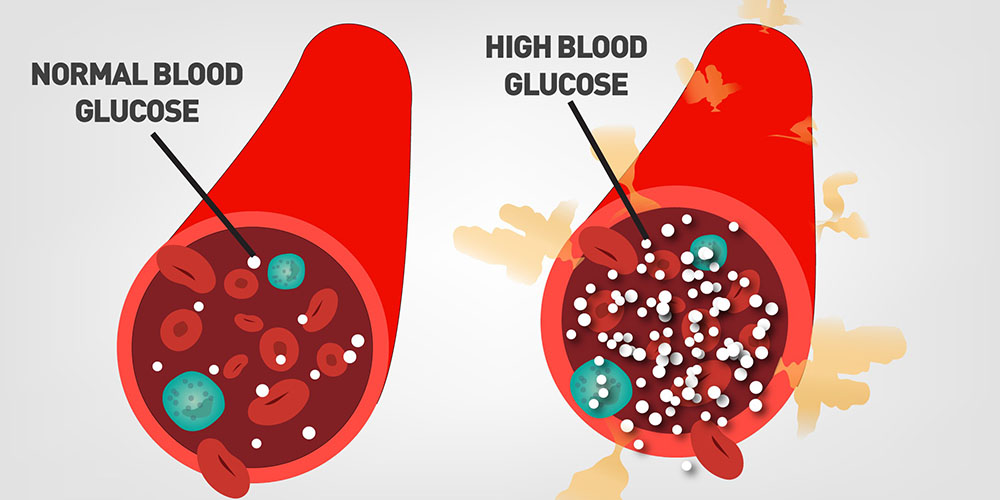
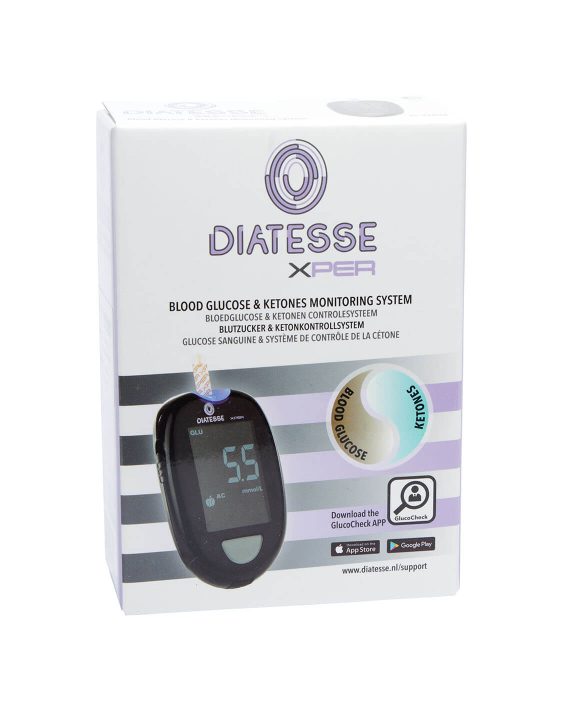
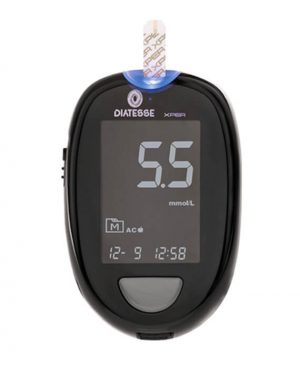

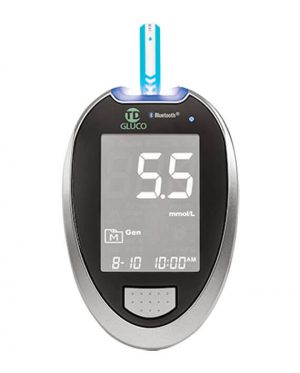
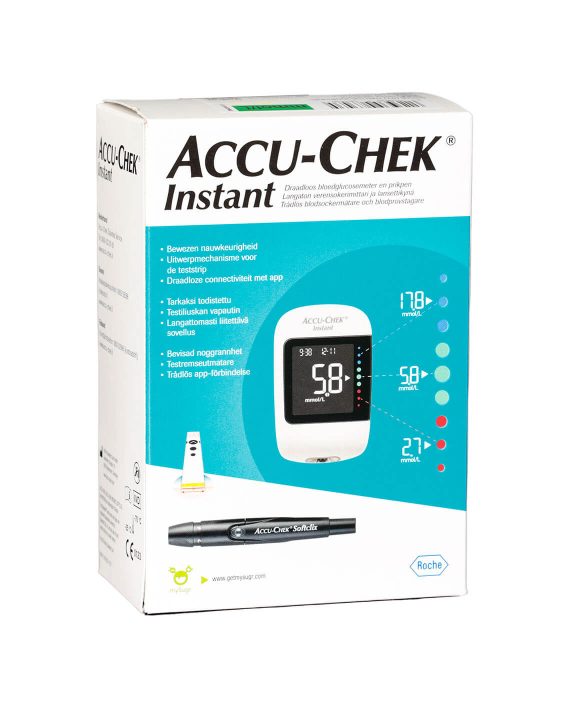
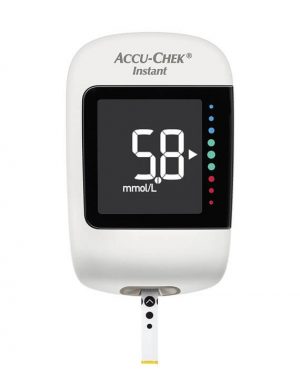
I have metaformina 850 mgr because I have sugar in my blood type 2, is that tablet good or should I take another tablet, please explain to me what I should do and I sleep poorly